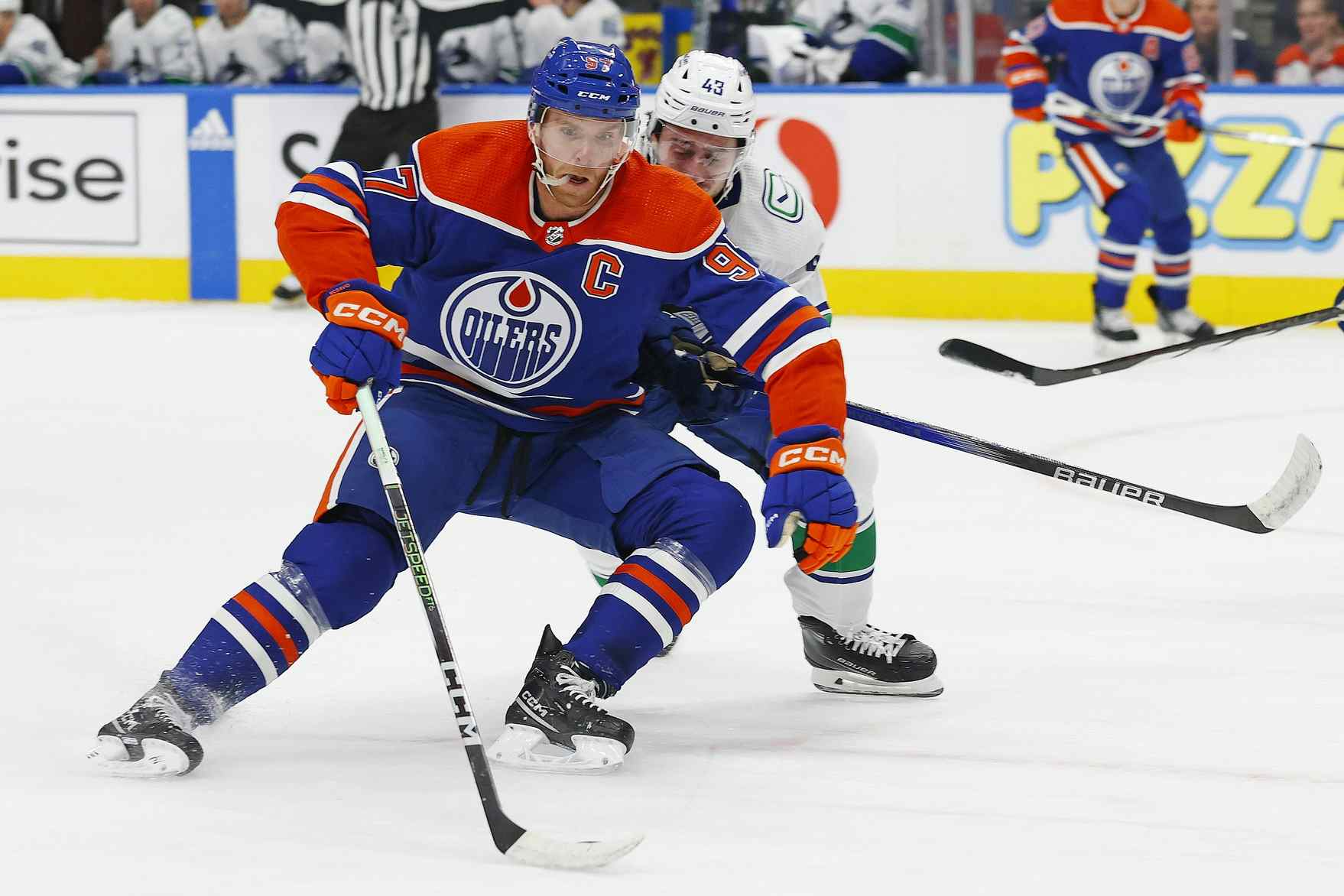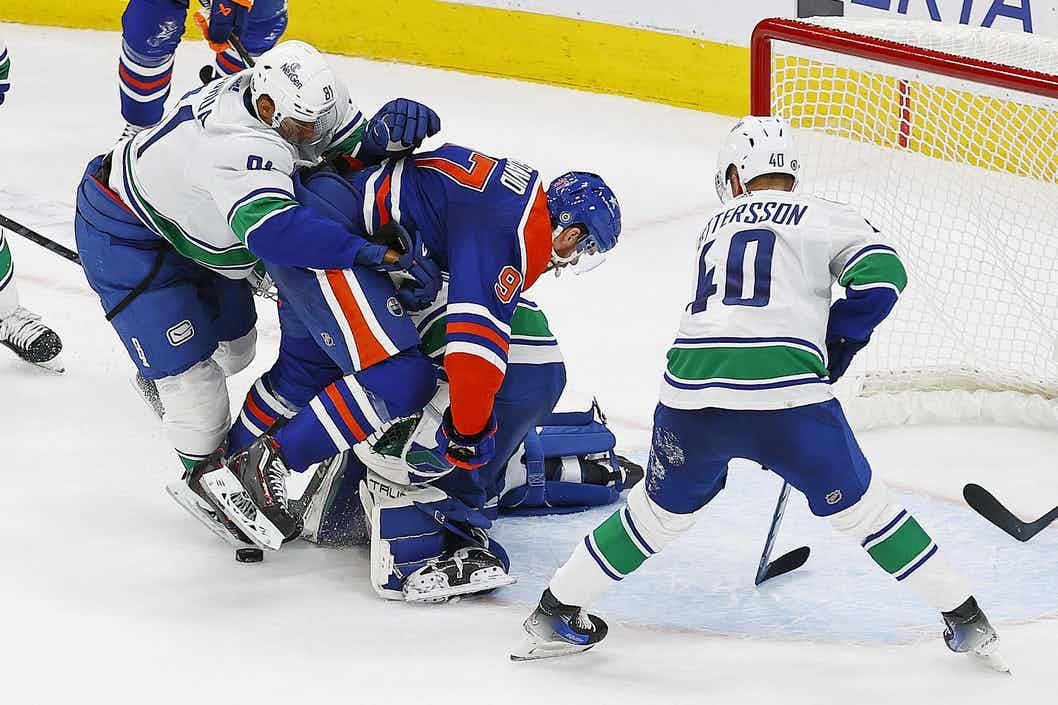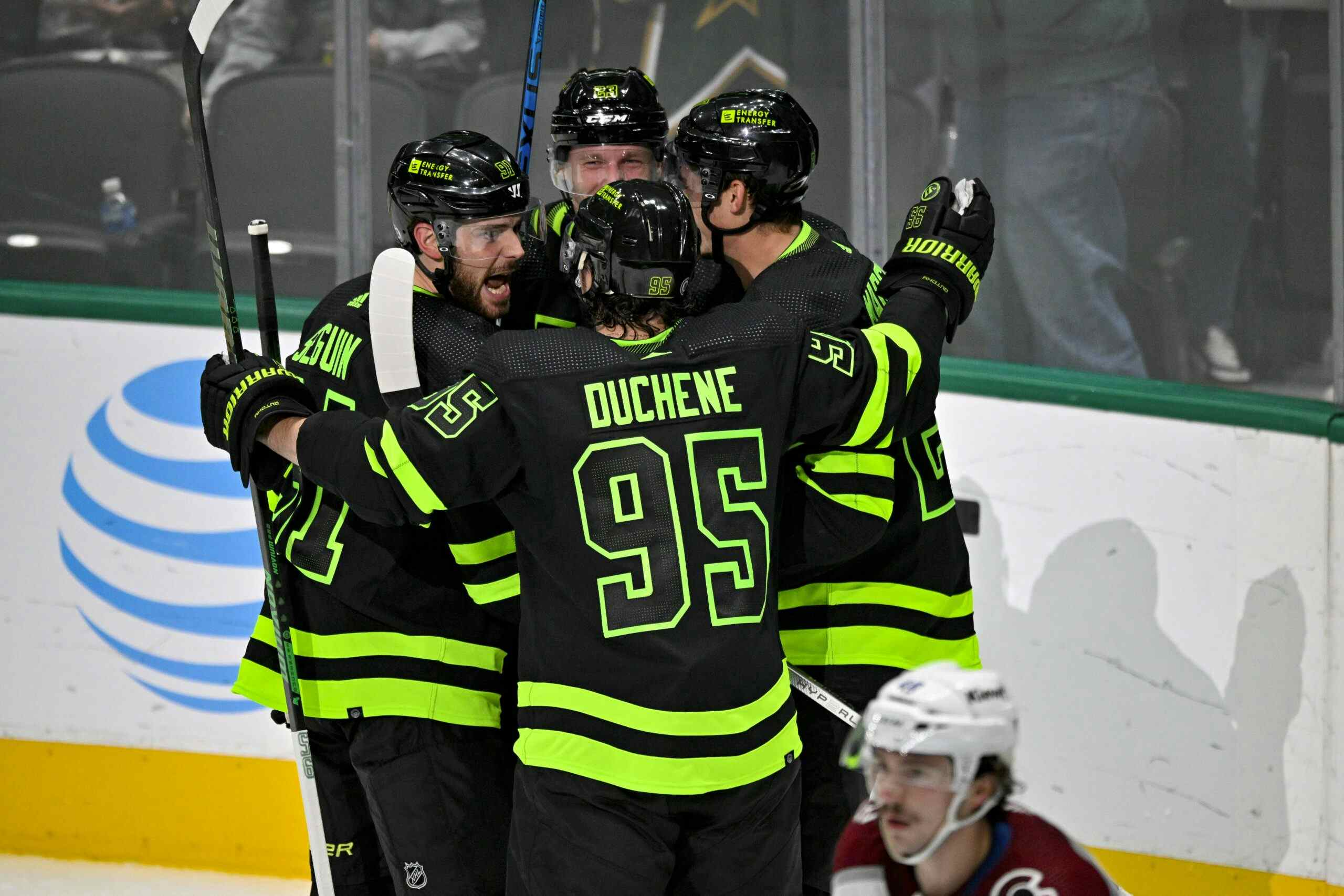Recent RFA Contracts: Best and Worst

By Jason Gregor
4 years agoOver the past ten months, we have seen many young restricted free agent forwards sign contract extensions, and many signed for big money.
Which deals are the best for the player? Which management team negotiated the best deals?
It began last December when the Leafs ended a two month holdout with William Nylander, and now in 2019 we have seen 13 other skilled young forwards sign including Alex Debrincat, who just signed today.
Here are the contacts, the signing date and the production the players have had.
@William Nylander: Six years x $6.962M (Signed on Dec 1st, 2018.) 48-87-135 points (0.73 points per game) in 185 games prior to signing.
@Auston Matthews: Five years x $11.6M (Feb 1st, 2019). 111-94-205 points (0.97 PPG) in 212 games.
@Sebastien Aho: Five years x $8.454M (Offer sheet July 1st, 2019). 83-114-197 points (0.81 PPG) in 242 games.
@Timo Meier: Four years x 6M (July 1st, 2019). 54-54-108 points (0.56 PPG) in 193 games.
Clayton Keller: Eight years x $7.15M (Sept 4th, 2019). 37-77-112 points (0.68 PPG) in 164 games. (Kicks in next year)
@Mitch Marner: Six years x $10.893M (Sept 13th, 2019). 67-157-224 points (0.93 PPG) in 241 games.
@Brock Boeser: Three years x 5.87M (Sept 16th, 2019). 59-57-116 points (0.83 PPG) in 140 games.
@Travis Konecny: Six years x $5.5M (Sept 16th, 2019). 59-65-124 points (0.53 PPG) in 233 games.
@Brayden Point: Three years x $6.75M (Sept 23rd, 2019). 91-107-198 points (0.86 PPG) in 229 games.
@Matthew Tkachuk: Three years x $7M (Sept 25th, 2019). 71-103-174 points (0.78 PPG) in 224 games.
@Patrik Laine: Two years x $6.75M (Sept 27th, 2019). 110-74-184 points (0.78 PPG) in 237 games.
@Mikko Rantanen: Six years x $9.25M (Sept 28th, 2019). 80-129-209 points (0.91 PPG) in 230 games.
@Kyle Connor: Seven years x $7.142M (Sept 28th, 2019). 67-61-128 points (0.72 PPG) in 178 games.
@Alex Debrincat: Three years x $6.4M (Oct 3rd, 2019). 69-59-128 points (0.78 PPG) in 164 games. (Begins next season)
LOOKING INSIDE…
Nylander signed first, and got a very good deal for him. He didn’t perform as well as he or the Leafs would have liked in the first year, but missing the first two months of the season played a significant role in that. I expect he will be better this season.
Points are one factor, and I’d argue when it comes to offensive players they are the most important stat to considering when evaluating them. Of course there are other factors, and position (centre or wing) matters as well — most consider a centre to be more valuable than a winger, if their skill is equal.
Of these 13 forwards I’d take Auston Matthews first. He is the most dynamic and moving forward I believe he will be the best player. He averages the most goals and points per game. It makes sense that he is the highest paid among this group. He signed his contract in February, while the majority weren’t signed until seven months later. The Leafs bet on Matthews becoming even more dominant than he has been. Some will argue, and there is merit to it, that Matthews being within $1 million of Connor McDavid was a slight overpay by the Leafs. McDavid had 100 and 108 points in the final two years of his ELC, while Matthews had 63 and 73. Even if you prorate Matthews numbers he’d have been at 83 and 88 points.
The Leafs took a slight gamble on Matthews, but I can at least see where they are coming from in that regard. However, I don’t see it with Mitch Marner.
Marner’s contract looks like a clear overpay when you compare him to Mikko Rantanen, Brayden Point and the others. I recognize that Point’s AAV is lower due to the tax benefits in Tampa Bay and his take home pay is similar to a player making $8.5m. But even then Marner is $2.4M more.
Marner’s camp felt he deserved close to Matthews money, and they got it. A fantastic job of negotiating by Marner’s agent Darren Ferris. The job of the agent it to get the most for their client, and he did the best job. Conversely, I feel Kyle Dubas did the worst with this negotiation.
Some will argue that Marner’s point totals suggest he deserved to be paid similar to Matthews, but when you dig deeper, I don’t see it. Matthews has 44 more goals in 29 fewer games. It is more difficult to score goals than assist on goals. Assists are important, no doubt, but Matthews can score goals from distance that Marner, and many others in the league, simply can’t. Matthews is a centre. He is bigger and stronger and he will impact games more than Marner.
It doesn’t mean Marner isn’t an excellent player, he is, but Ferris schooled Dubas in this negotiation.
All summer we heard that other RFAs were waiting to see what Marner got and that would set the bar. It didn’t happen. The Leafs simply paid him more than the other RFAs. They blinked first.
Aho signed on July 1st for $8.5 million. Yes, it was an offer sheet, but the vast majority of the remaining RFAs were all within 0.12 (plus or minus) of his point per game. They could have worked around that. Timo Meier’s deal with the Sharks was made official that day, but had been agreed upon earlier. They just couldn’t announce it until July first.
It is difficult to only compare points from one player to the next, without considering who they play with. Point, Rantanen and Marner have played with more skilled linemates than Aho has in Carolina. Does that impact his point totals? I think it does, but I can’t accurately say by how much.
Is Marner $1.4m more valuable than Rantanen? I don’t see it. They are both outstanding players, and I chuckle when I read people suggest it is only Rantanen who benefits from playing with Nathan MacKinnon. MacKinnon never produced huge points until he played with Rantanen. And he played with Matt Duchene and Gabriel Landeskog for the majority of the time when he produced 53 and 52 points in 2016 and 2017 so it wasn’t like he was playing with scrubs. For the past two seasons, he and Rantanen played together and MacKinnon jumped to 97 and 99 points, while Rantanen scored 84 and 87 in his second and third seasons in the league. No doubt in my mind they both benefited from playing with each other.
LONG TERM V. SHORT TERM…

Nylander’s contract is competitive when you compare it to the Connor and Konecny deals. They all signed six or seven year deals.
Some have argued you can’t compare Marner and Point because one is six years while the other is three years. I disagree. Marner will average $10.893 for six years. Point is at $6.75m (or around $8.5m if you considered tax benefits). So let’s use the $8.5m for argument’s sake.
In order for Marner’s contract to be equal it would mean Point will need to average $13.3 million/season in the first three years of his next deal. That isn’t happening. In three years Point could sign for the same AAV that Marner has now and most would consider it a good deal. The Maple Leafs make the most money in the NHL. They are in the biggest market, and Marner has already been in commercials that he likely wouldn’t have been in if he played in any other market. He is a good player, but not elite like McDavid, Sidney Crosby or the other few players who sign a national endorsement deal. Marner’s deal isn’t going to be massive, but it is still a perk and from my seat, Dubas was unable to leverage any of that in the negotiation. He paid the absolute top dollar for Marner.
Patrik Laine got two years at $6.75million. He bet on himself, but even if he has two solid seasons, how much will he get on his next contract? Will he land even a $10M AAV? He’d have to really crush it to come close. Same with Tkachuk or Boeser.
I believe the market reset this summer was essentially the elimination of the “bridge deal” as we know it. It used to be a player would sign a shorter term deal for less money, and then in two years sign a much larger deal. It would seem that type of deal is gone. Look at the Winnipeg Jets. Kyle Connor signed for seven years at $7.14M, while Laine signed for two years at $6.75M.
Much of the talk coming out of Toronto this summer was that agents and teams were waiting to see what Marner got, and once he signed the others would fall in line. The pundits got it correct that Marner would sign first, but his deal simply looks like an outlier compared to the rest of the RFA signings. It didn’t get other RFAs significantly more money and other teams seemingly didn’t use it as a comparison.
LOOKING AHEAD…

Alex Debrincat was set to be an RFA next summer, but he signed a three year extension worth $6.4M this morning. Debrincat has 69 goals in 168 games, while Marner had 67 in 241. Credit Stan Bowman for locking up Debrincat before he has another solid 40-goal season. That is smart GMing. Clayton Keller signed in early September, the only player who signed for eight years and he got $7.15M. The Coyotes are banking on him bouncing back after a sub-par 47 point season and $57M was enticing for Keller. The max term deals were rare, yet the Coyotes got one. I like that bet by Coyotes GM John Chayka.
Matt Barzal, Nico Hischier, Max Domi, Sam Reinhart, Anthony Mantha, Kevin Labanc and Jake Debrusk are the top-scoring forwards scheduled to become RFAs next summer. In the past two seasons, Barzal has averaged 0.91 PPG. I’m sure his agent will be looking at the Marner or Jack Eichel deal as a comparable, while Lou Lamoriello and the Islanders will be looking more towards Rantanen and Aho.
If Barzal continues to play like he has it will be fascinating to see how that negotiation unfolds. Lamoriello has a history of being a shrewd negotiator. It is something Dubas will need to learn going forward if he wants to Leafs to win a Stanley Cup.
For the next three seasons, Tampa Bay will be able to use the $4M difference on the Point contract and put it towards other players on his team. That is major advantage Julien Brisebois will have over Dubas. And it might be the reason the Leafs don’t get out of their division.
Every dollar counts in a cap world, and this summer Dubas’s negotiation with Ferris was a clear loss for the Maple Leafs.
Recently by Jason Gregor:
Recent articles from Jason Gregor





